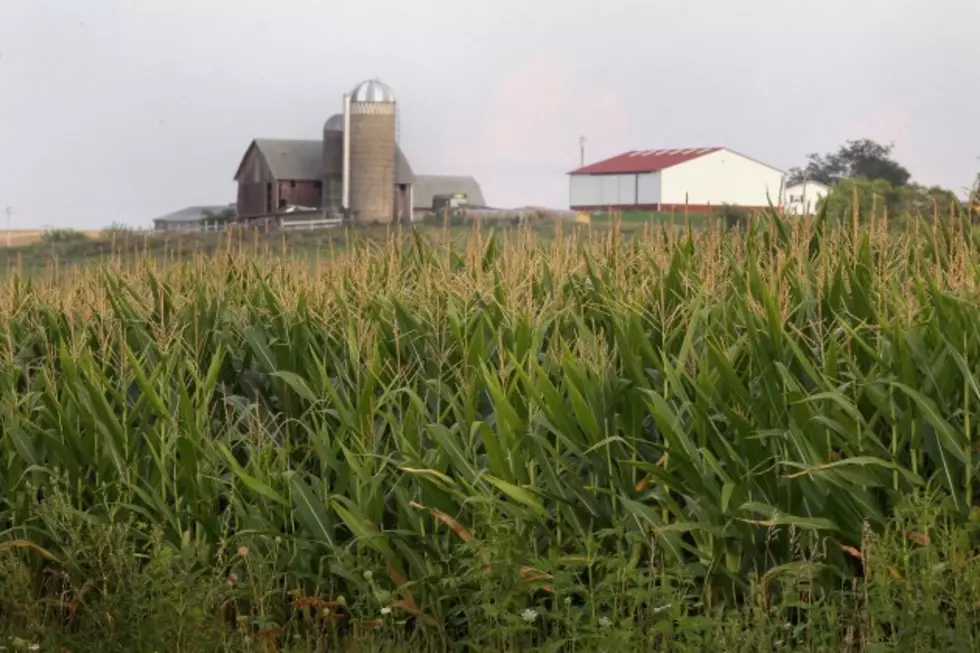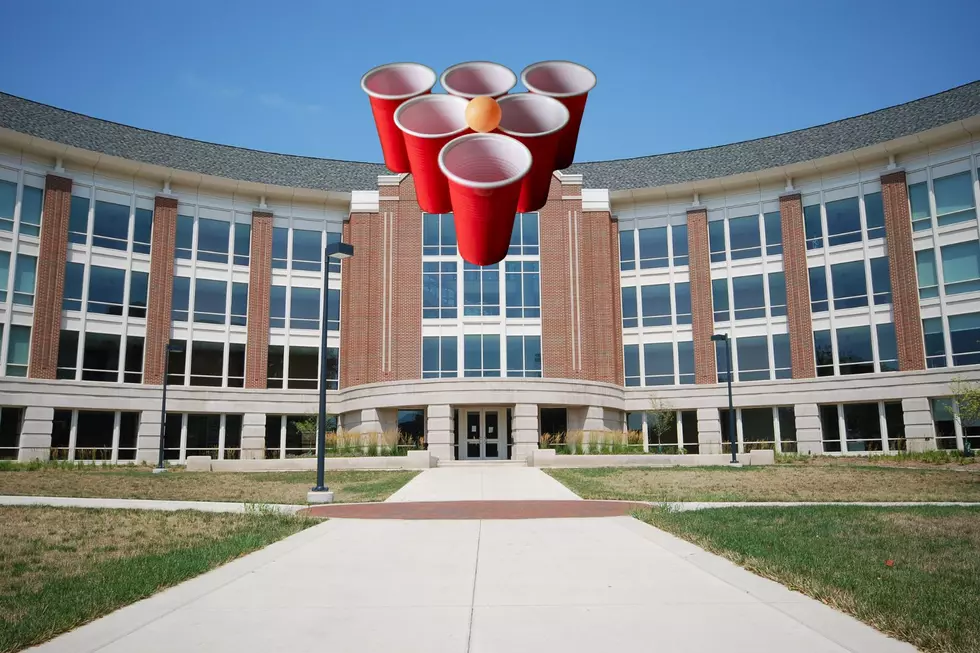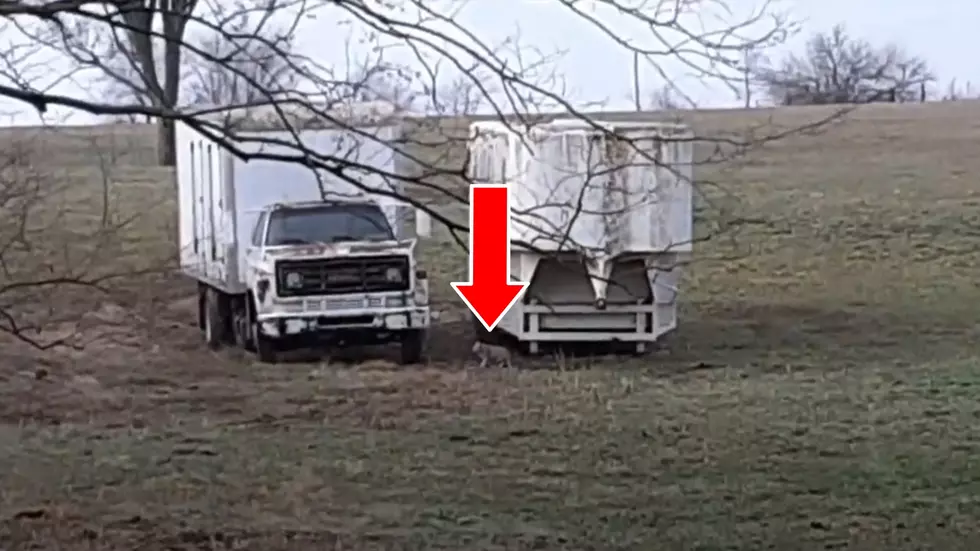
IL Corn is Sulfer Deficient
URBANA -- Historically, there has been little reason to worry about sulfur deficiency in Illinois, but University of Illinois assistant professor of crop sciences Fabián Fernández said that the frequency of sulfur deficiency in corn has recently increased.
Several factors may be contributing to the problem, including: smaller deposits from the atmosphere as a result of strict air pollution standards; lower sulfur levels in fertilizers, insecticides, and fungicides; reduced use of manure as the number of livestock operations decreases; increased use of conservation tillage, which may reduce early-season mineralization of the organic sulfur present in the soil; and greater removal rates by increasing grain yields.
Sulfur deficiency causes yellowing of the foliage and is sometimes confused with nitrogen deficiency. However, unlike nitrogen, sulfur does not readily move inside the plant, so it tends to be more visible in the newer leaves. Nitrogen deficiency is more visible in older leaves.
A pattern of dark and light streaks (interveinal chlorosis) in the newer leaves is a typical symptom of sulfur deficiency. The symptoms often appear in plants on soils with low organic matter (including sandy soils) and low pH. Crops may show symptoms when cold and wet weather reduces the mineralization process that makes sulfur in organic matter available to them. Because sulfate is leachable, corn often shows the deficiency early in development, and the deficiency disappears once the root system taps into the sulfur that has accumulated in the subsurface soil.
This week Fernández received reports from western Illinois of signs of sulfur deficiency in different fields across a large geographical area, including bottomlands and fields in bluffs and other landscape positions with various soil properties. “I suspect these deficiency symptoms are due to relatively low sulfur concentrations in the soil that are exacerbated by dry conditions that do not allow the crop to extract sufficient sulfur from the soil,” Fernández said.
“If there is sufficient rainfall, this deficiency will probably disappear as the root system develops and starts tapping more soil volume,” he continued. If a sulfur application is deemed necessary, he recommends using fertilizers containing sulfate, the plant-available form of sulfur. He does not recommend applying elemental sulfur because takes too long for it to become available for the crop.
He also recommends applying the sulfur into the soil rather than as a foliar application. “Although a foliar application may temporarily relieve the symptoms, sulfur needs to be taken up through the root system to satisfy crop needs,” he explained. Also, a foliar application of ammonium sulfate can cause leaf burn, countering any visual improvement resulting from sulfur treatment.
Current research indicates that corn response to sulfur is maximized at the rate of 20 to 25 pounds per acre. Because most sulfur fertilizers contain nitrogen, if a sidedress nitrogen application is planned in fields showing sulfur deficiency, applying a nitrogen source with the sulfur could be a good way to provide both nutrients.
“I would recommend doing the application sooner rather than later,” said Fernández.
The only way to determine whether a particular field could be responsive to sulfur is to conduct a test trial. Fernández is looking for volunteers for his ongoing research project. Participating growers will receive useful information about their particular fields. Fernández hopes that the test fields will provide broad coverage of the state, allowing for better predictions of where sulfur might be needed.
The study design is very simple: at least three alternating strips with and without sulfur. Interested growers can contact him at 217-333-4426 or fernande@illinois.edu.
More From KHMO-AM 1070, News-Talk-Sports









